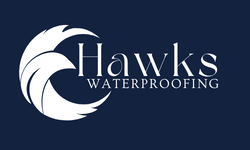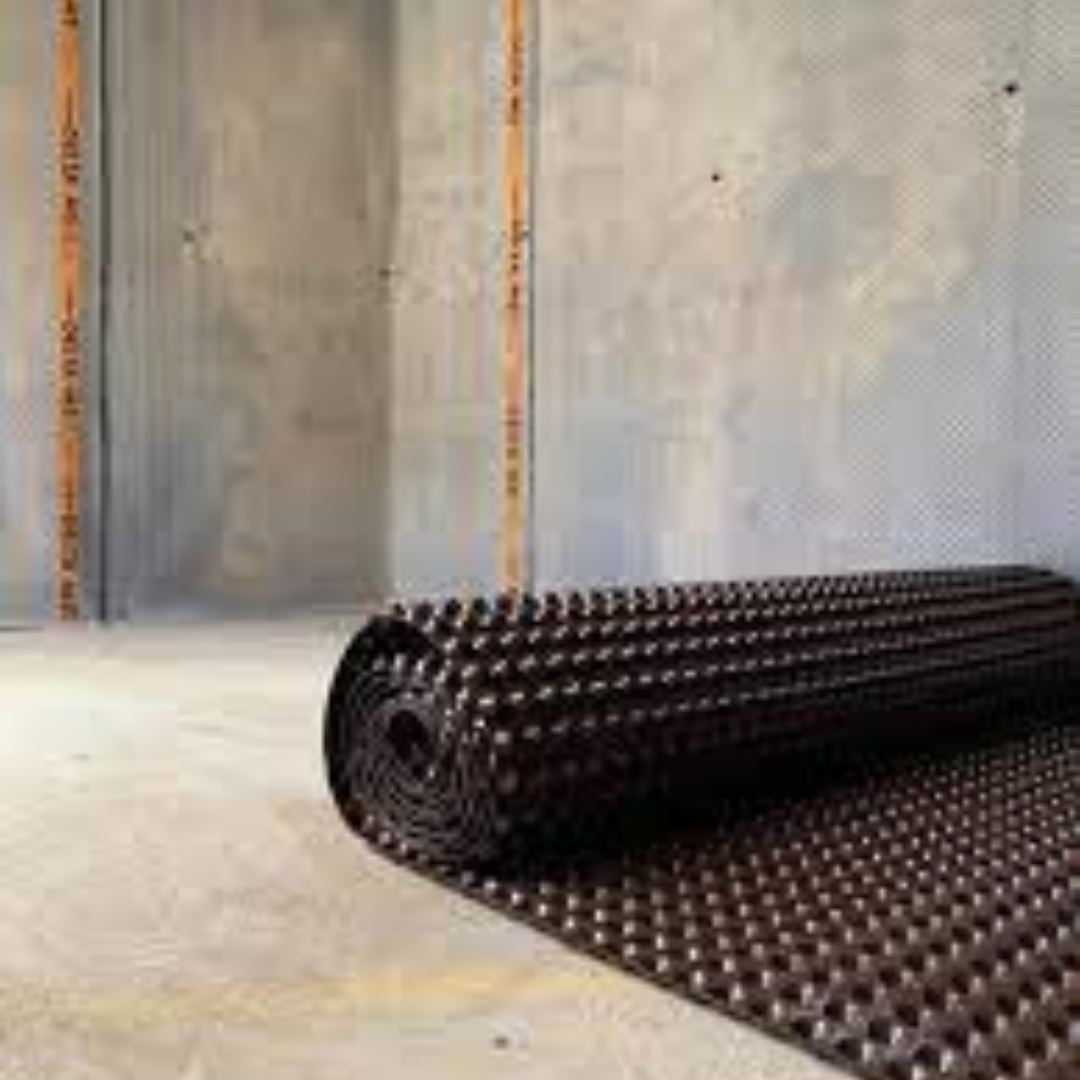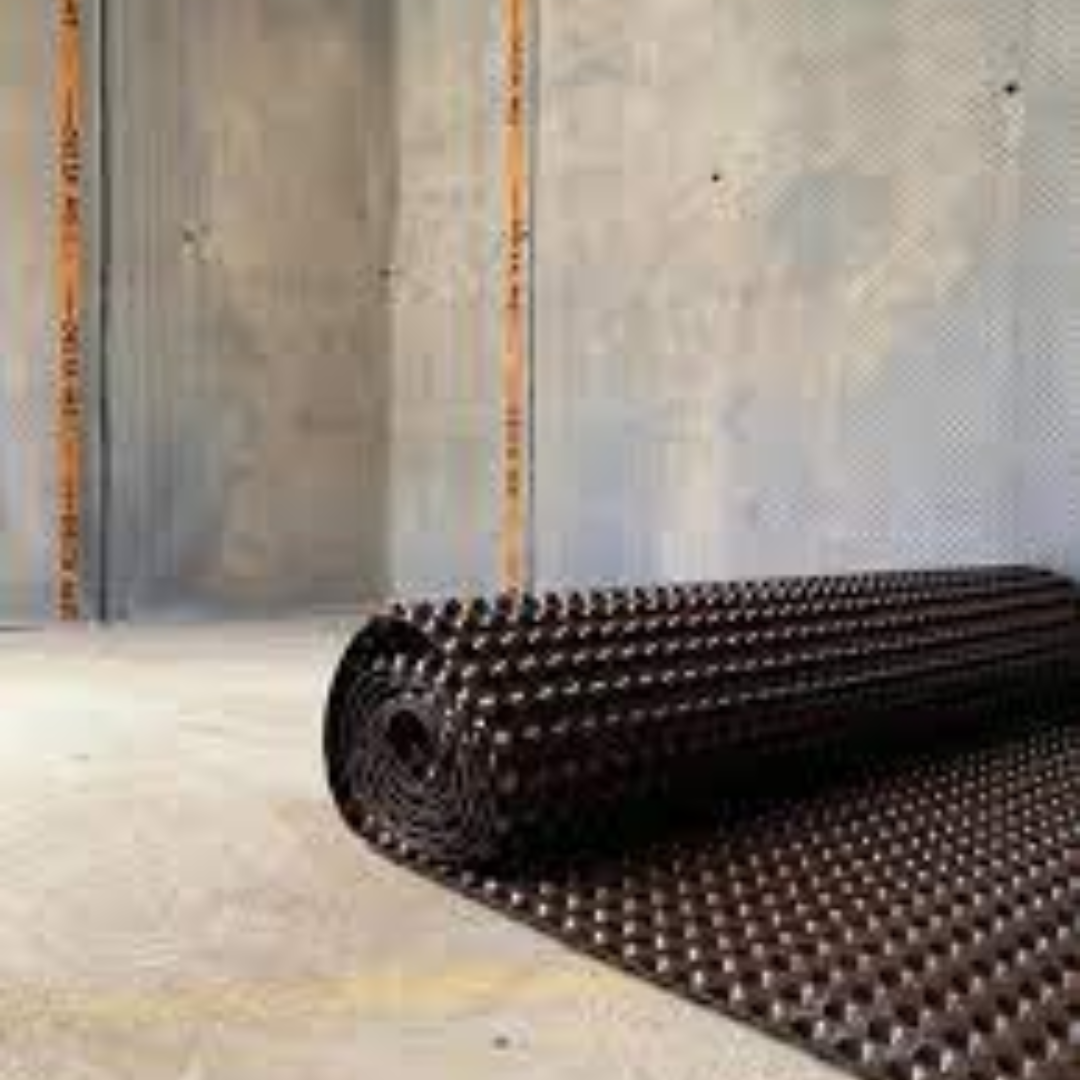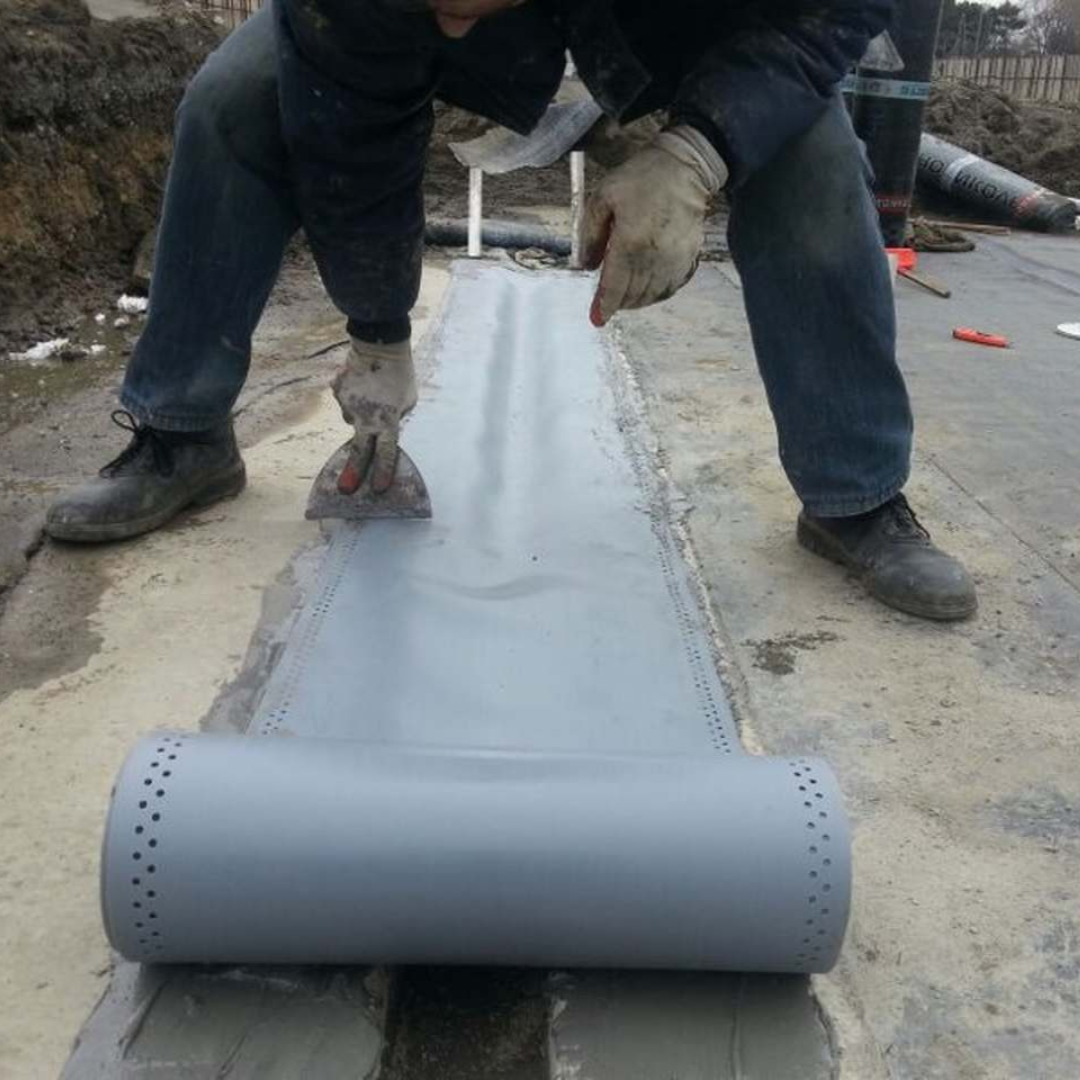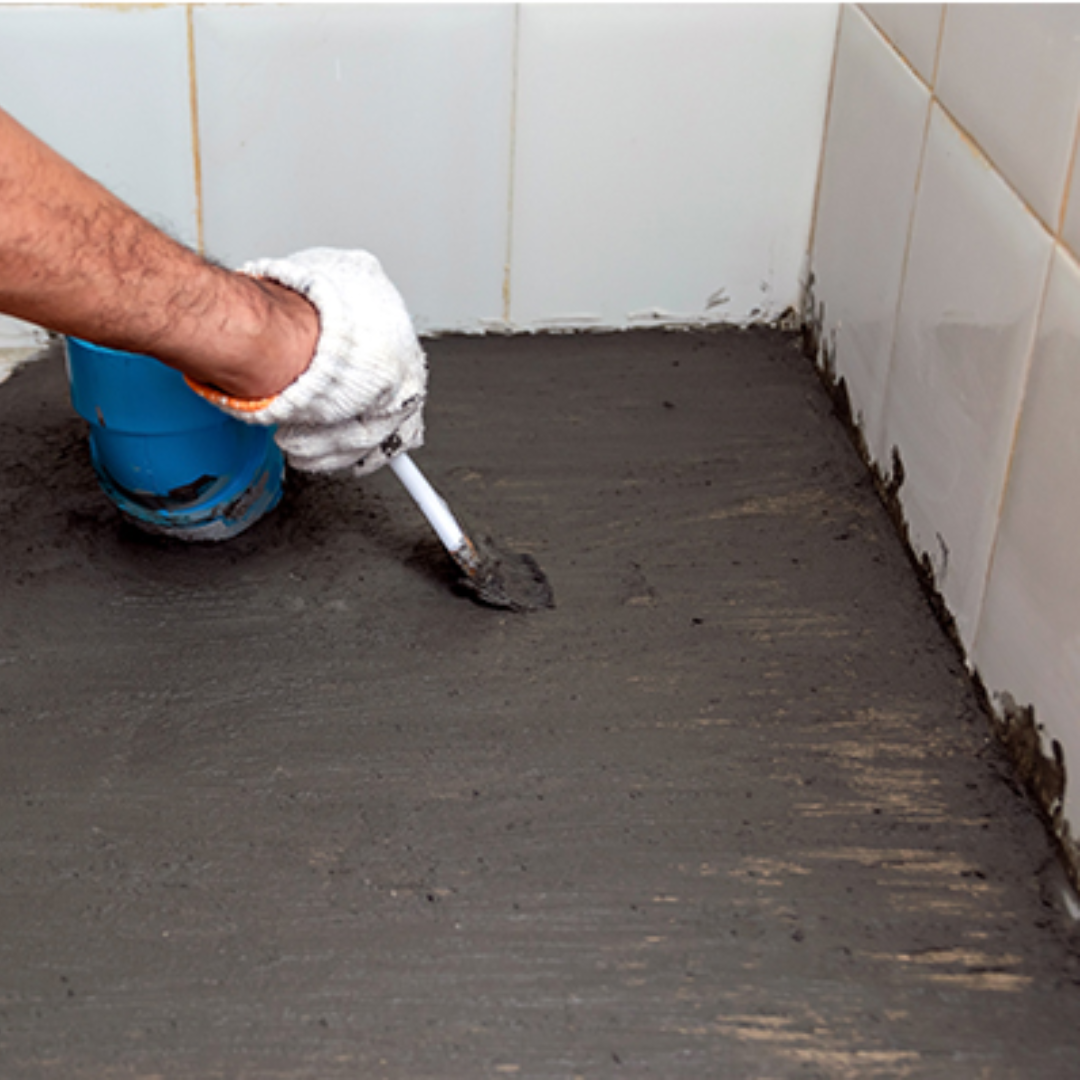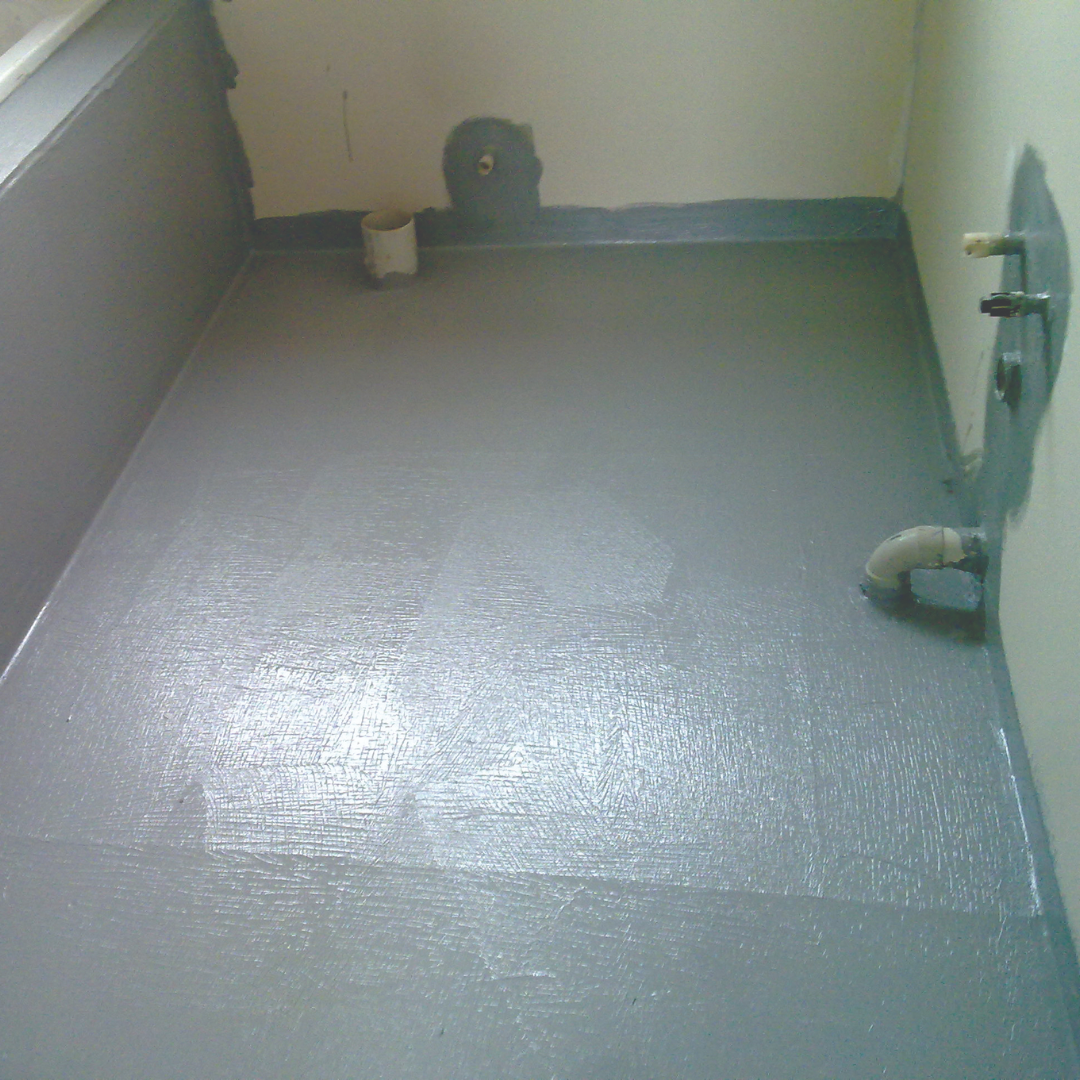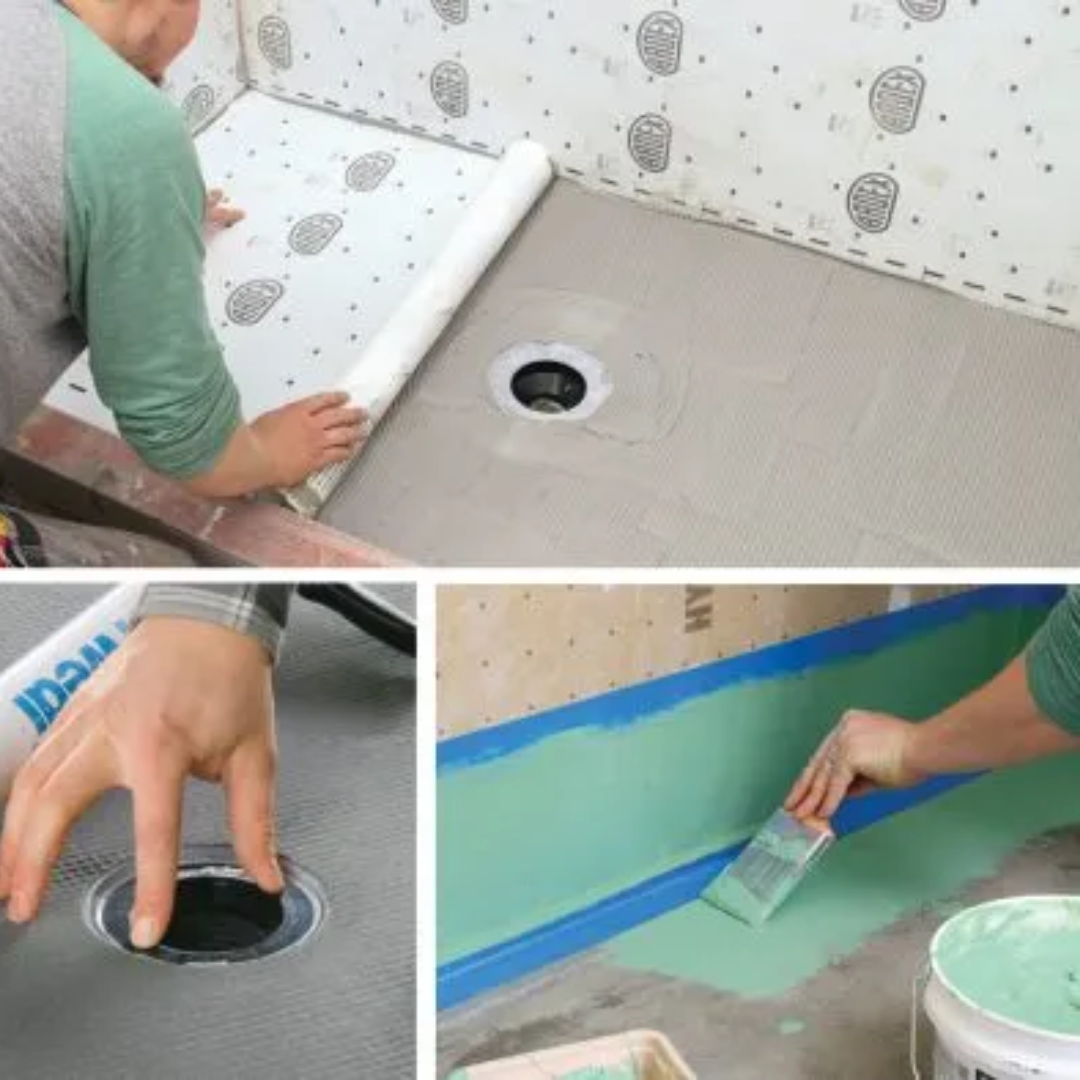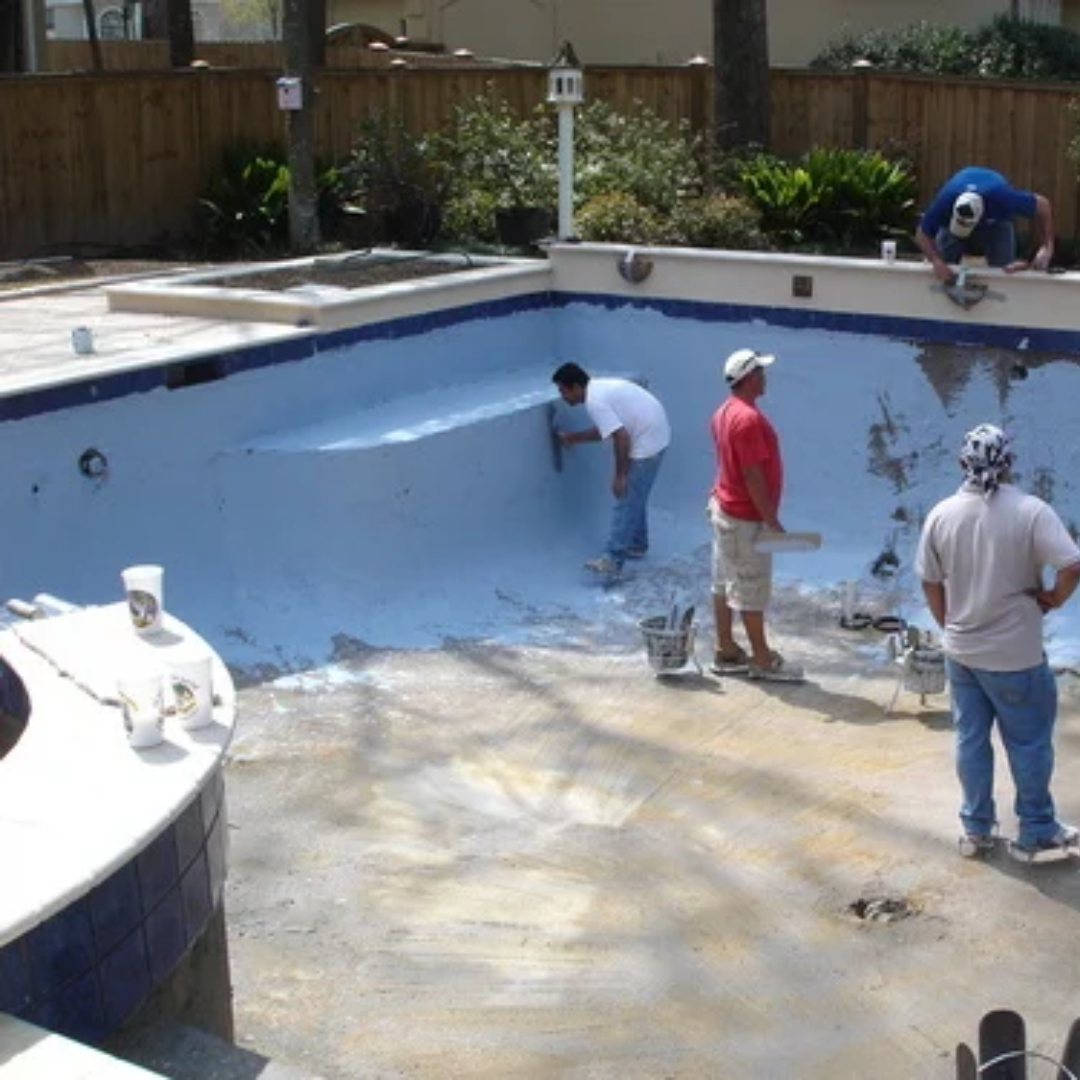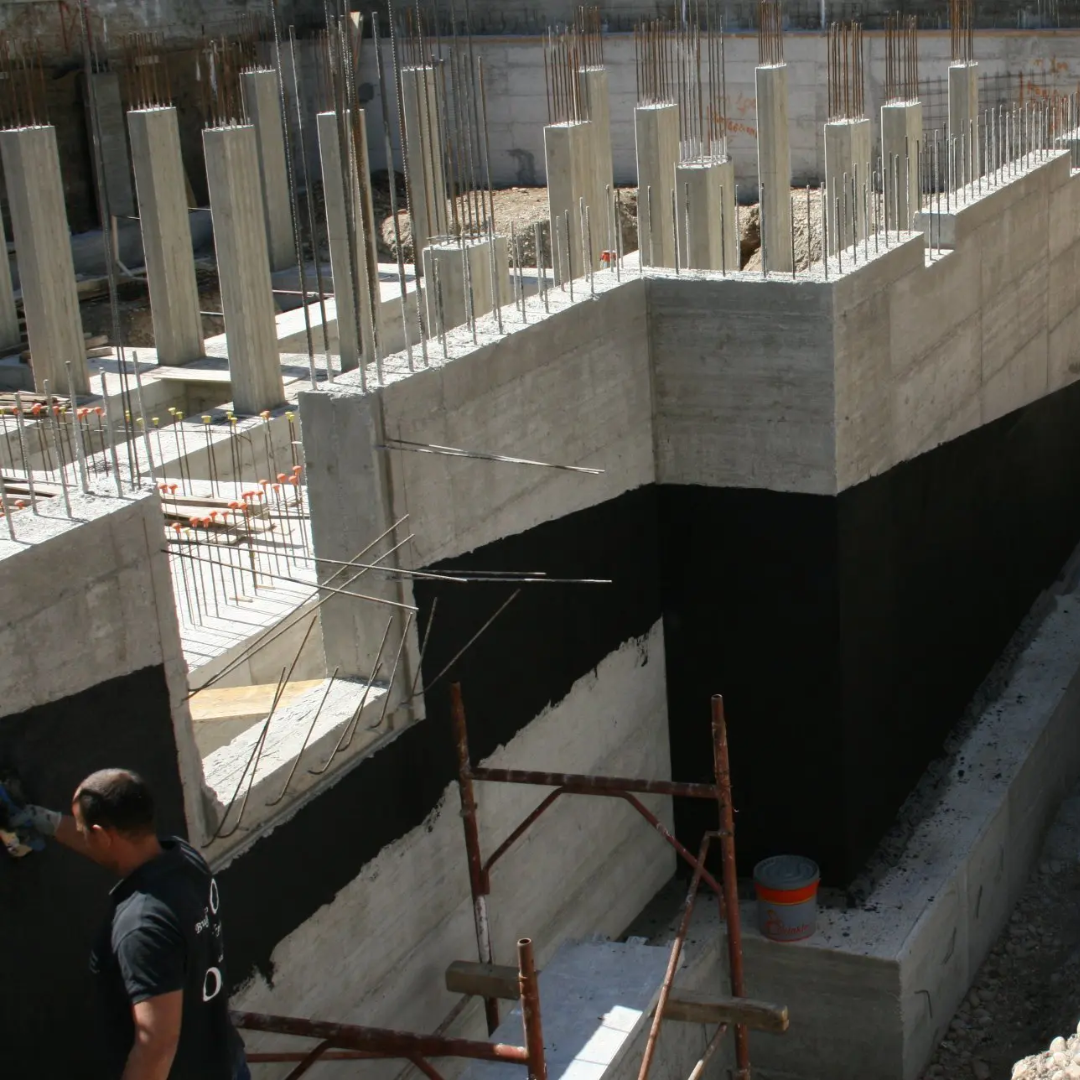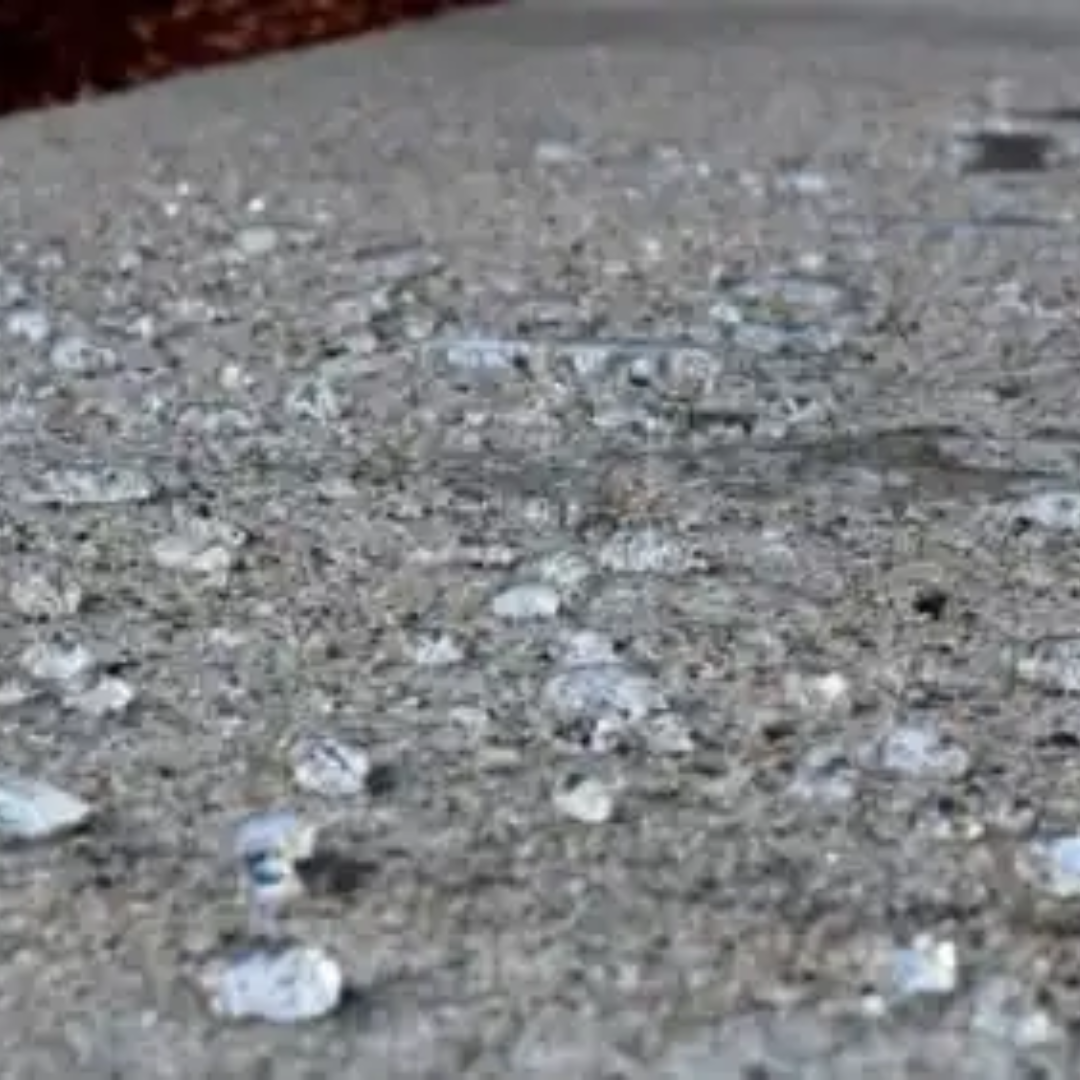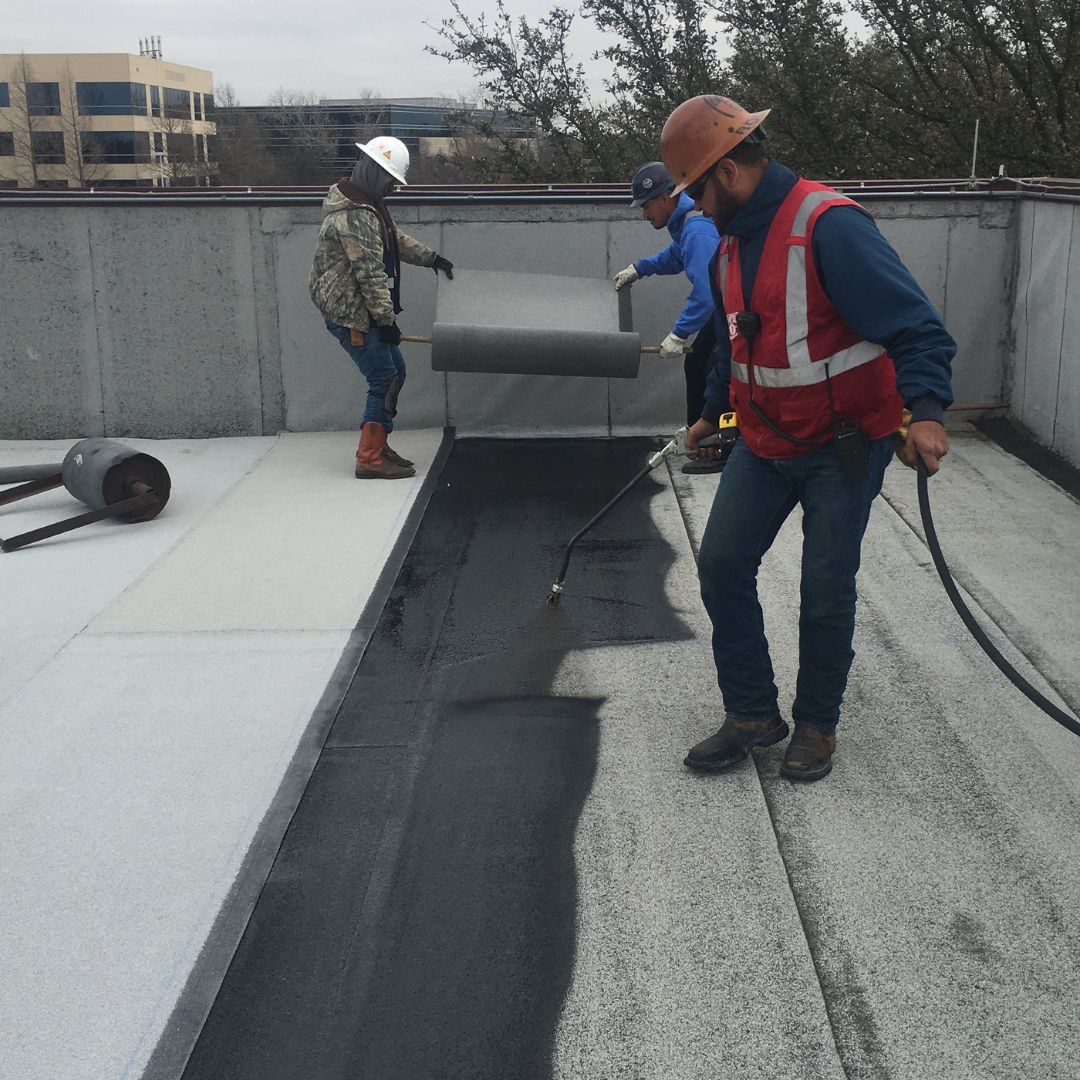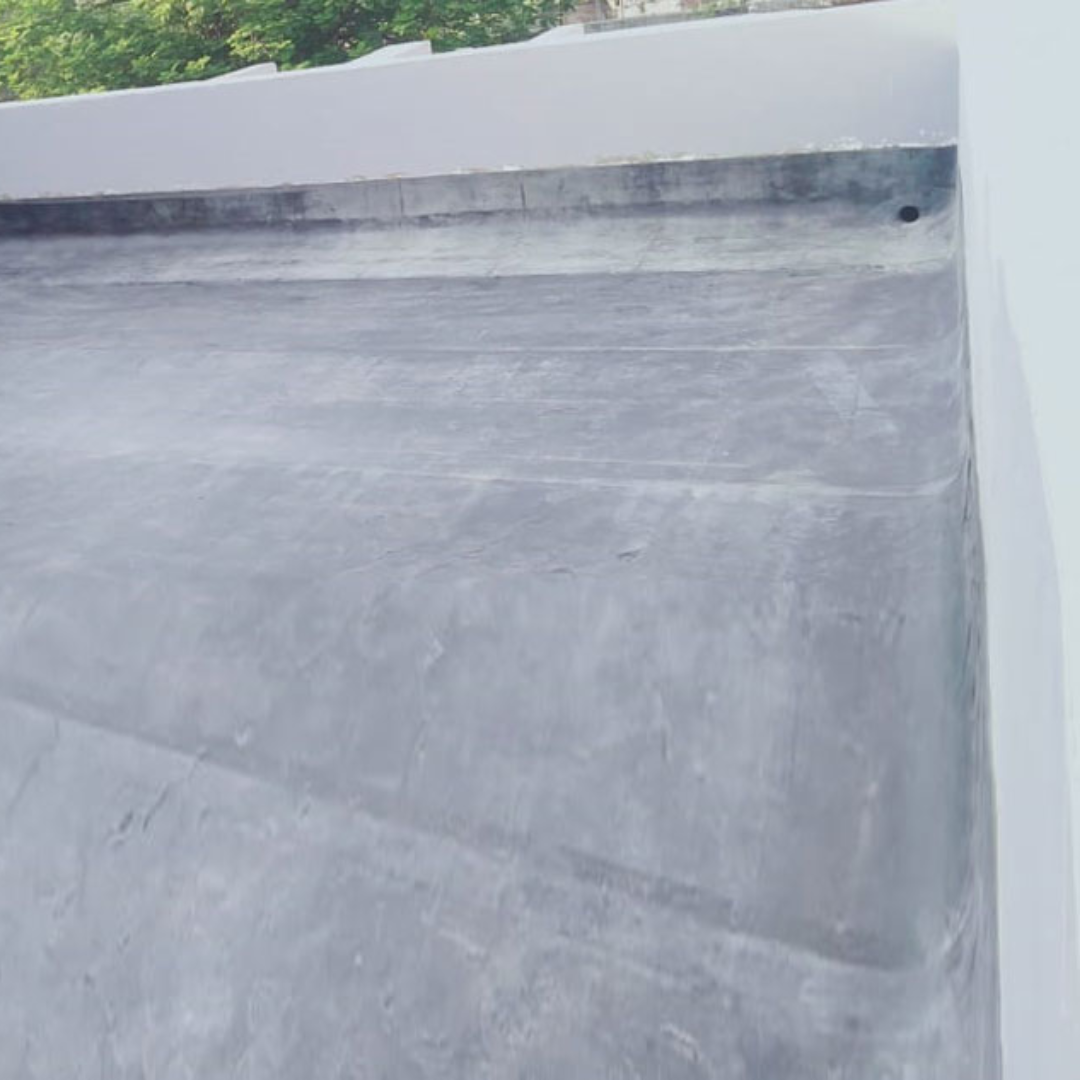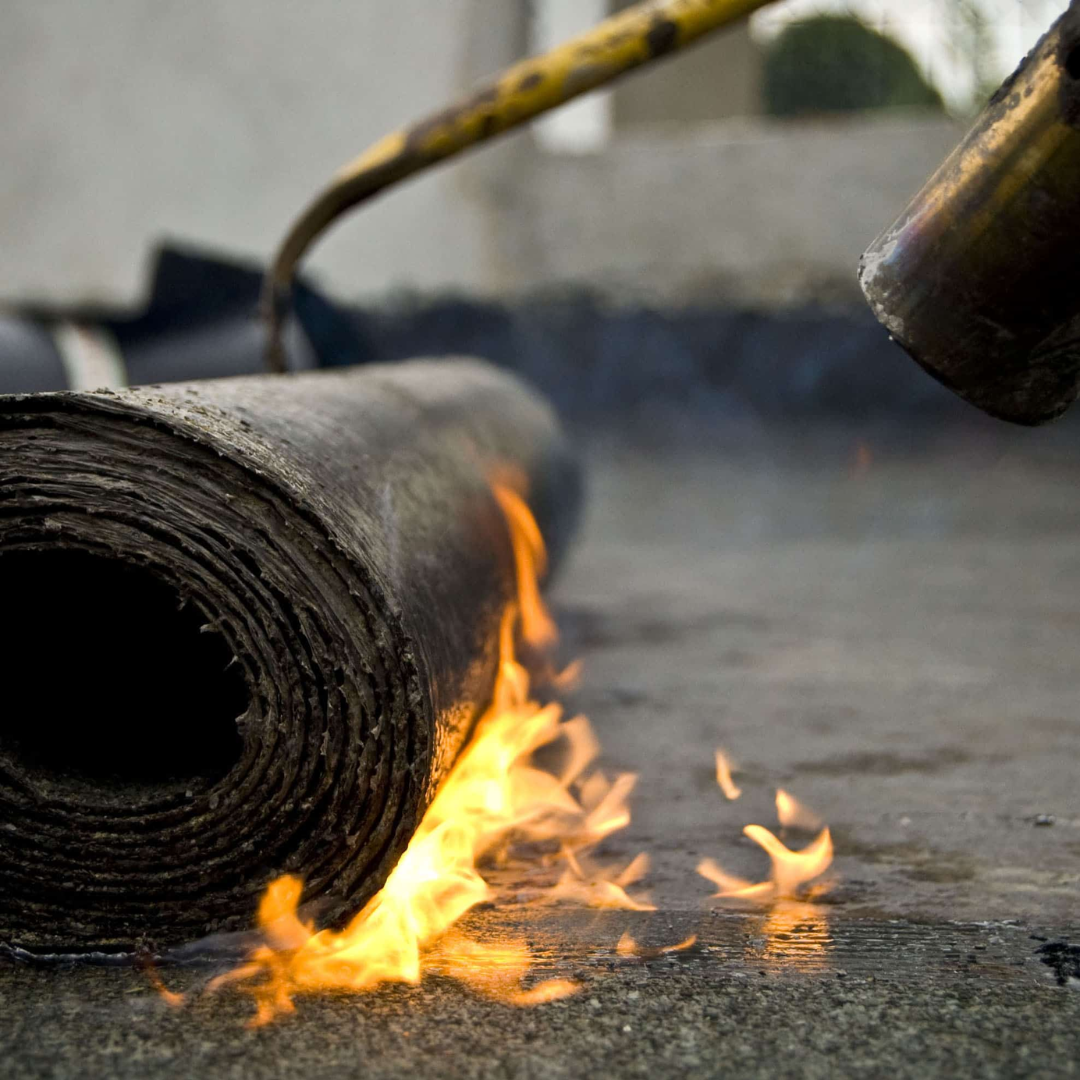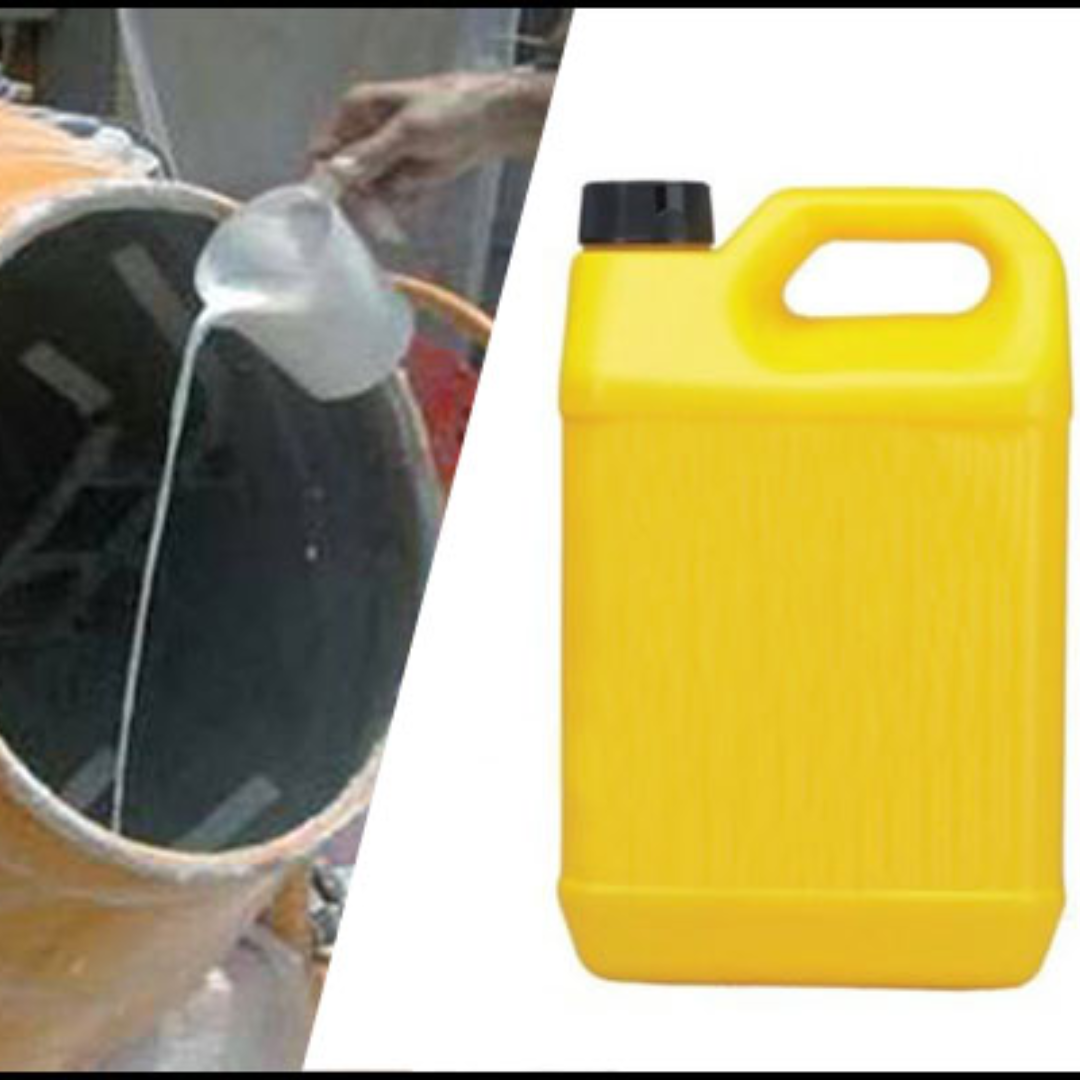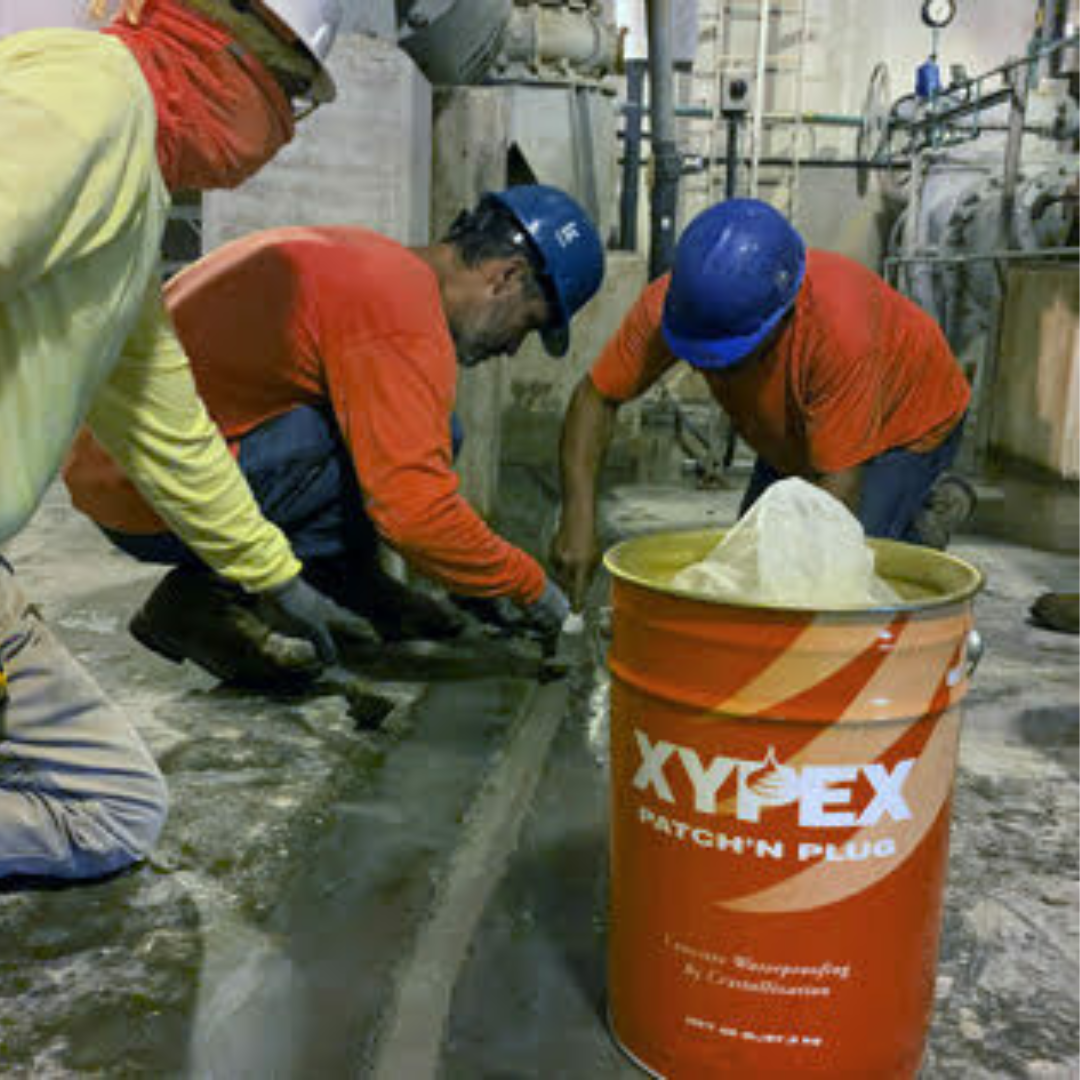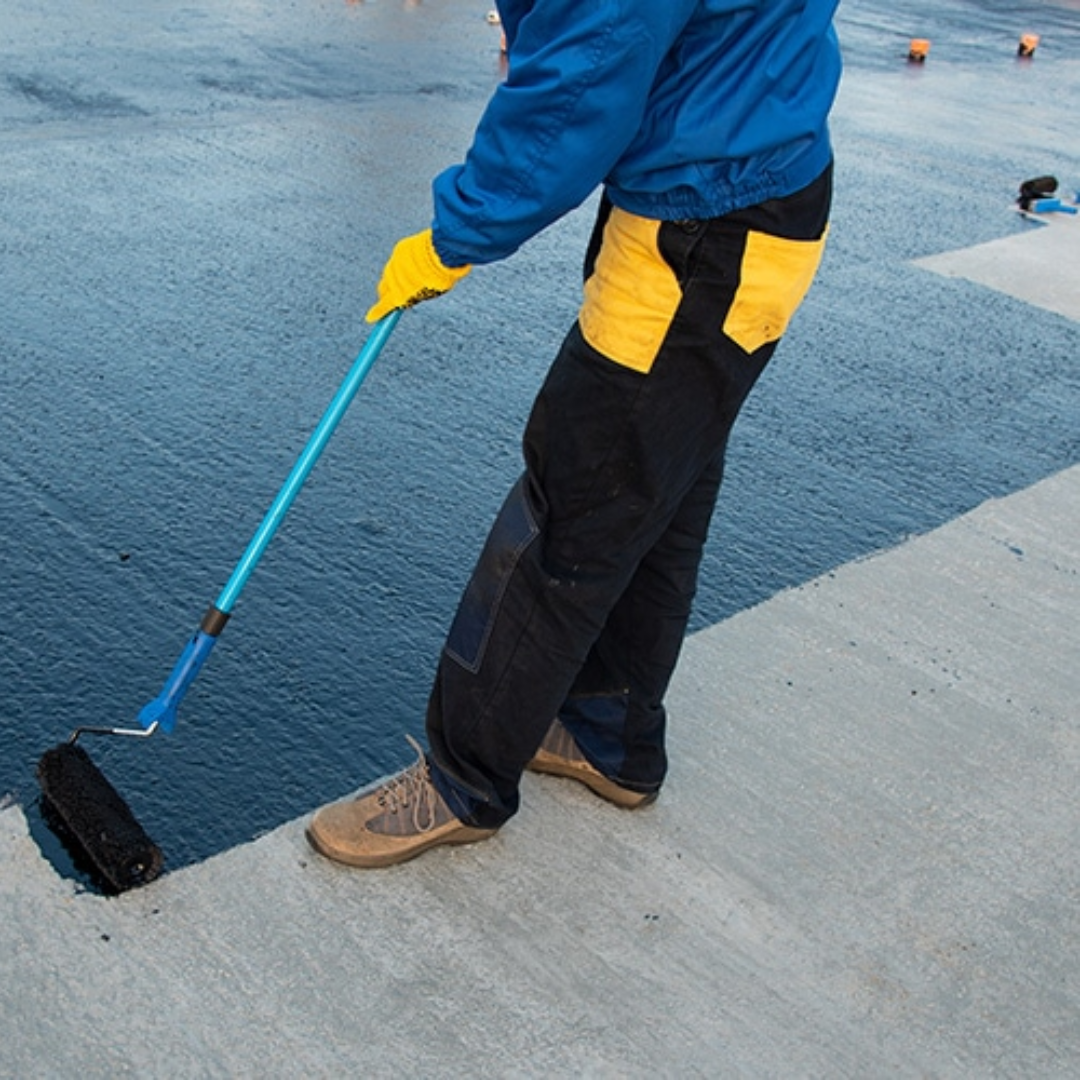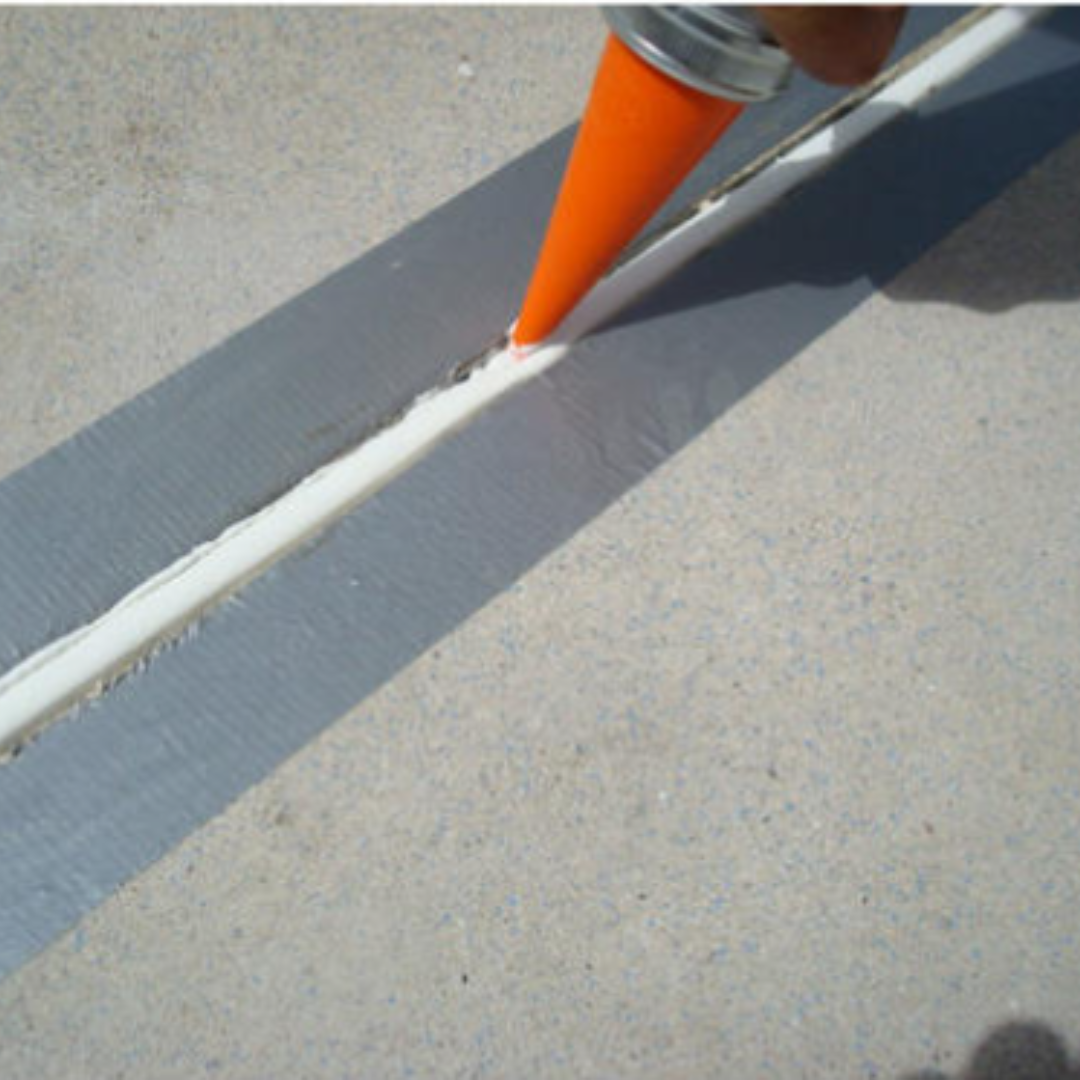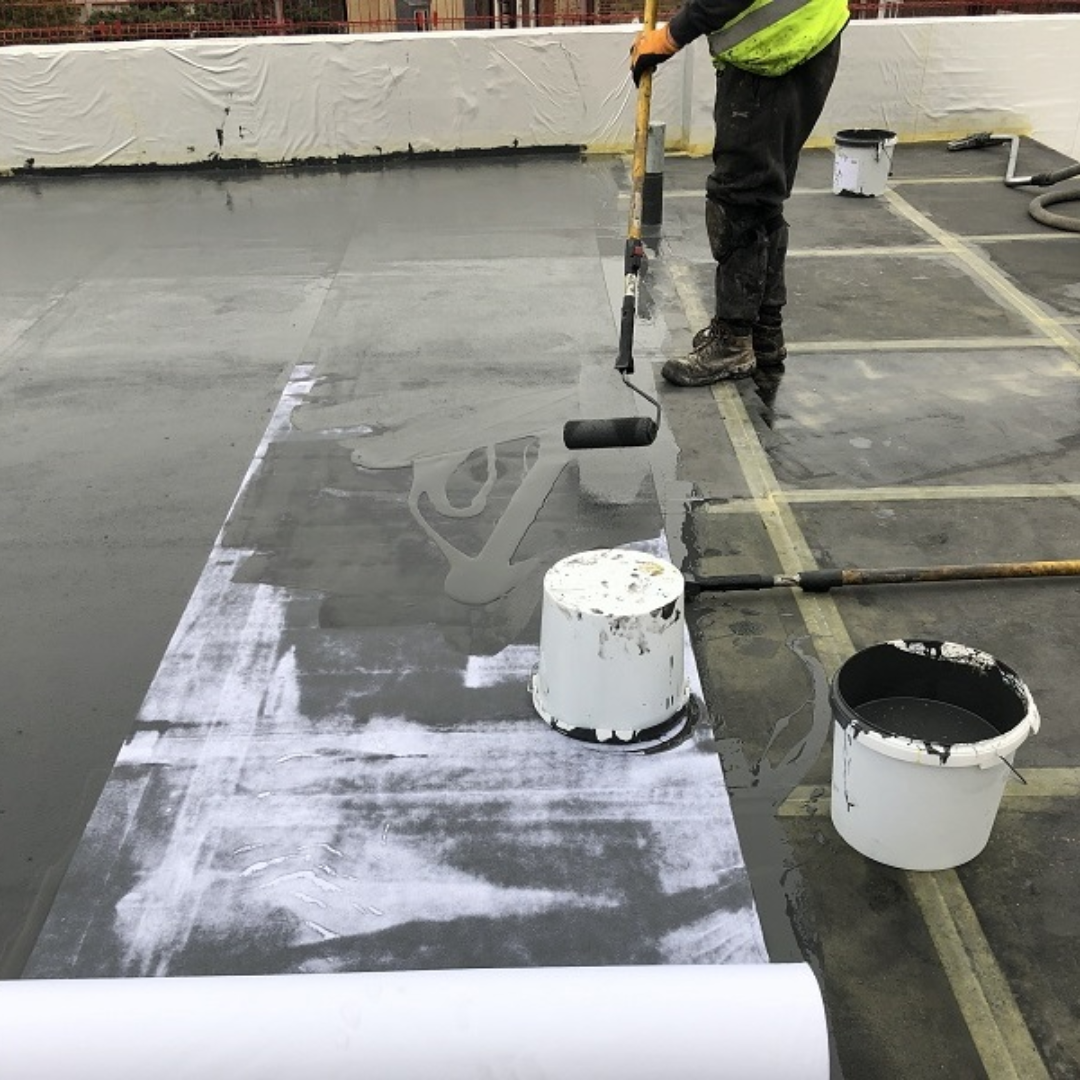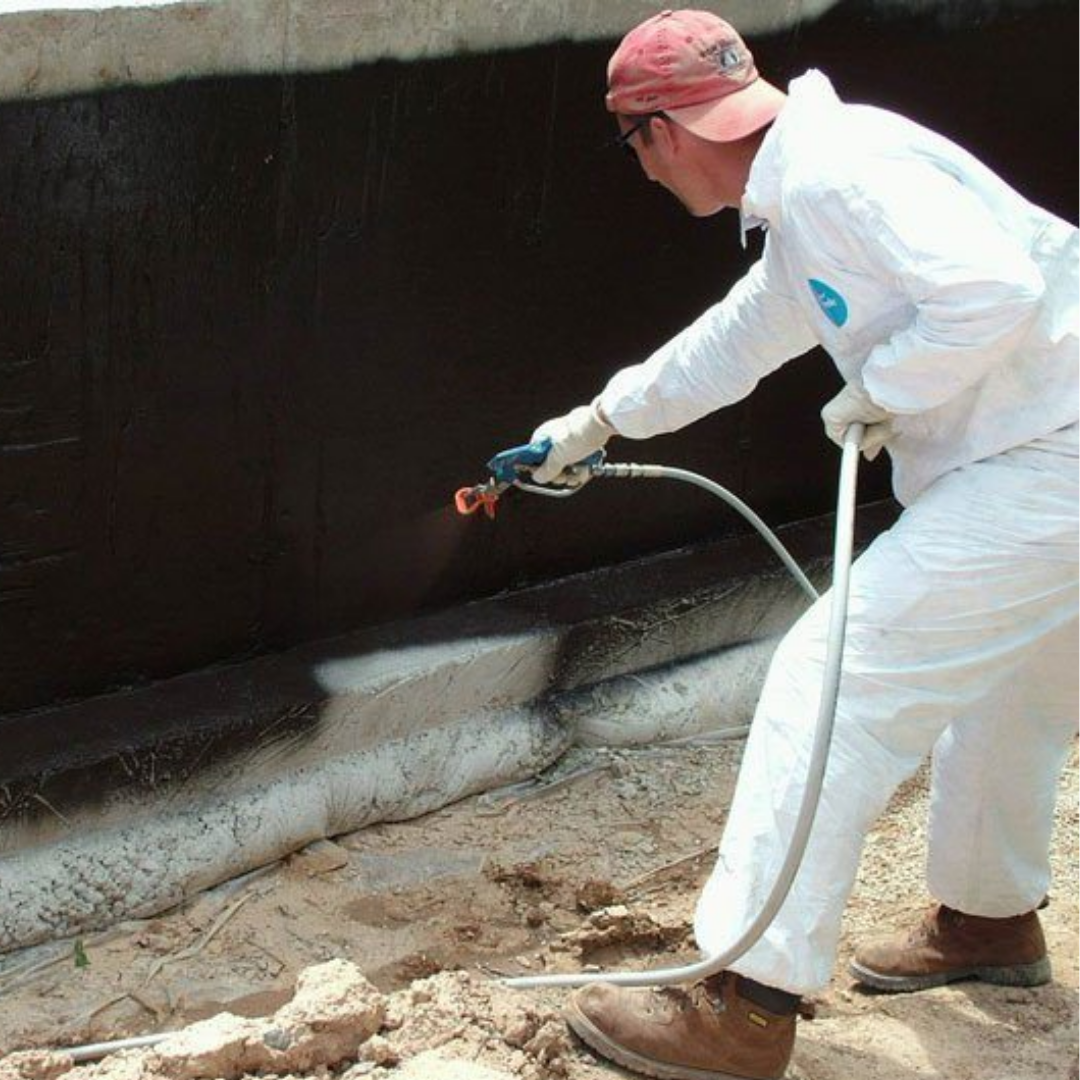Cavity Drain Membrane Waterproofing: Creates a barrier to divert water away from structures.
Expansion Joint Waterproofing: Provides watertight protection for expansion joints.
Tile Waterproofing: Ensures tiles are properly sealed to prevent water infiltration.
Swimming Pool Waterproofing: Ensures pools are watertight and protected.
Interior Wall Waterproofing: Protects interior walls from moisture damage.
Exterior Wall Waterproofing: Shields building exteriors from water penetration.
Concrete Admixtures Waterproofing: Additives mixed with concrete to prevent water infiltration.
SBS Modified Bitumen Waterproofing: Combines bitumen with modifiers for enhanced performance.
Butyl Rubber Waterproofing: Provides excellent water resistance and flexibility.
Torch-Applied Waterproofing: Uses heat to melt and bond waterproofing material.
Liquid Rubber Waterproofing: Rubber-based coating for versatile waterproofing.
Polyethylene Waterproofing: A thermoplastic material that provides an effective barrier.
Crystalline Waterproofing: Waterproofing that penetrates and seals concrete.
Rubberized Asphalt Waterproofing: Asphalt combined with rubber for flexibility.
Plastic Sheet Waterproofing: Polyethylene and PVC sheets for protection.
EPDM Rubber Waterproofing: Ethylene Propylene Diene Monomer for long-lasting waterproofing.
Elastomeric Waterproofing: Utilizes elastic materials for added flexibility.
Polyurethane Waterproofing: Provides a durable and flexible waterproofing layer.
Cementitious Waterproofing: Uses cement-based coatings to prevent water penetration.
Sheet Waterproofing Membranes: Pre-made sheets applied to roofs and walls for protection.
Liquid Waterproofing Membranes: Liquid coatings applied to surfaces forming a seamless barrier.

